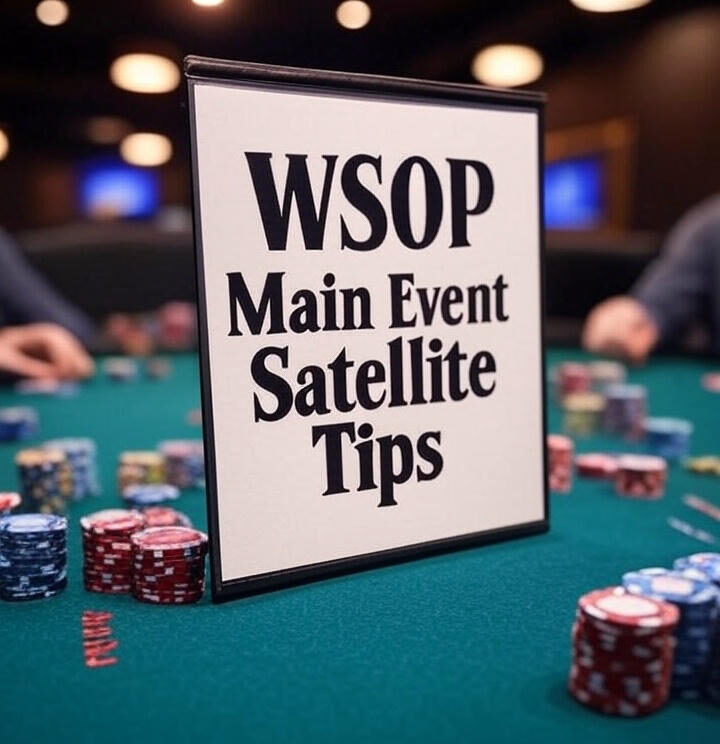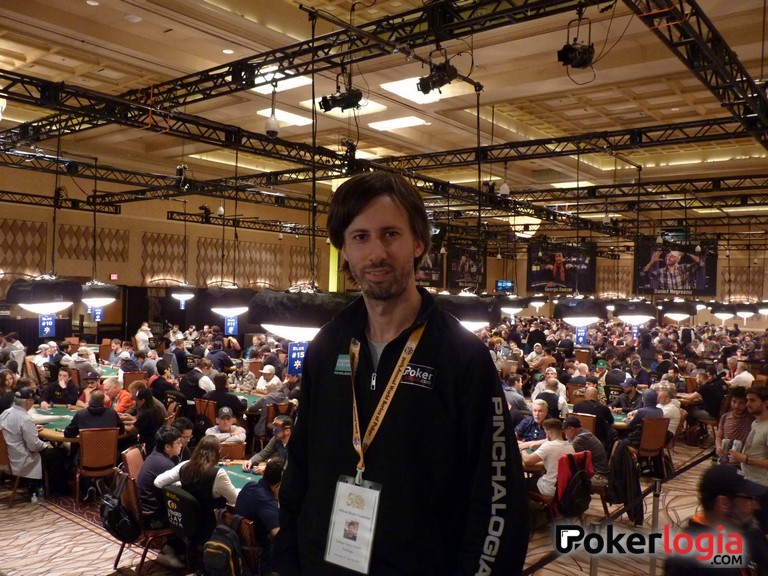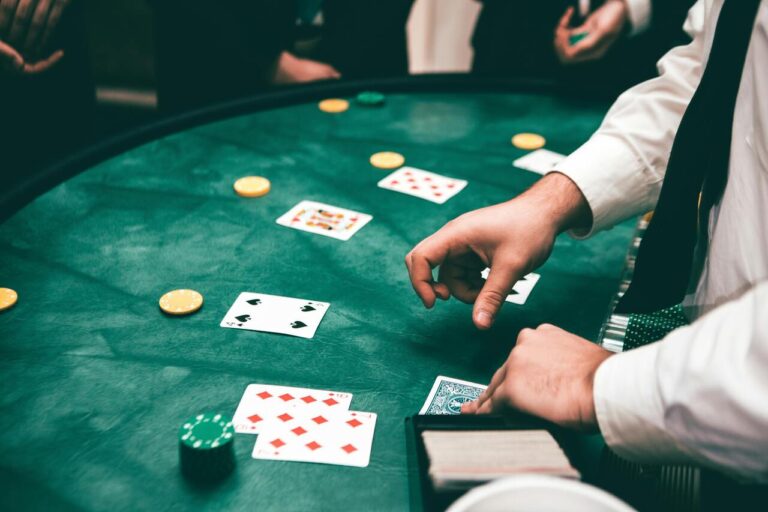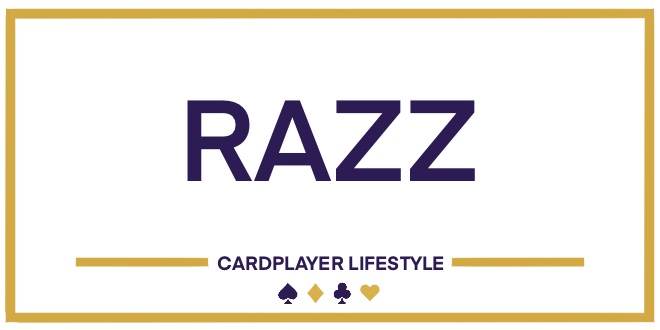In just under two months, the world’s most prestigious poker tournament will kick off in Las Vegas: the World Series of Poker Main Event. As it’s a bucket list item for pretty much every poker player, those without the bankroll to pay the $10,000 buy-in often opt to take advantage of numerous satellites and win their way into the tournament. WSOP Main Event satellites, both online and live, allow poker players to qualify with a relatively affordable investment, typically ranging from $150 to $1.2K.
We reached out to three satellite-savvy poker players (two of whom wrote books on the subject) to ask for some of their best tips and recommendations when trying to satellite in to the WSOP Main Event. We approached Dara O’Kearney, Bernard Lee, and Carlos Welch with the following four questions:
- What tips can you offer for playing online satellites to the WSOP Main Event?
- What common mistakes do you see in WSOP Main Event satellites?
- What do you think are the best WSOP Main Event satellites to play in Las Vegas at the host venues?
- What adjustments should be made for landmark satellites into the WSOP Main Event?
Dara O’Kearney
Dara has $4 million online and $1.4 million live in career tournament earnings, placing him 14th on the Irish All-Time Money List according to HendonMob. In 2015, he achieved his best live result by finishing second in a WSOP bracelet event where he won $262K. In 2019, he co-published the book Poker Satellite Strategy with Barry Carter, which received rave reviews and helped many players secure buy-ins and packages.
These were Dara’s answers:
- Playing satellites effectively requires a distinct mindset and strategy compared to regular tournaments, as the goal is to secure a seat, not to accumulate all the chips. Here are my top tips: Understand the Bubble Dynamics: In satellites, the bubble is critical because the tournament ends when the bubble bursts, and all remaining players win identical prizes (e.g., a seat). Calculate the average stack size expected at the bubble early in the tournament. Once you reach about 70% of that target stack, tighten up and avoid unnecessary risks to preserve your stack. Maximize Fold Equity: Fold equity is your biggest weapon in satellites. Shove with hands you’re comfortable being called with, as this gives you two ways to win (opponents fold or you win at showdown). Avoid calling all-ins unless you have a premium hand, as calling puts you at the mercy of the deck. Adjust to Opponent Tendencies: satellites often attract recreational players who are either too loose (calling too wide) or too tight (blinding out). Adjust your shoving and calling ranges based on their tendencies. For example, against loose callers, tighten your shoving range; against tight players, widen it slightly. My book’s “Adjusting for Imperfection” chapter covers this extensively. Lock Up When Safe: If you’re close to guaranteeing a seat (e.g., there are more players outside the bubble than positions between you and the bubble), fold even premium hands like aces preflop. For instance, if you’re 70th of 120 players and 100 win seats, you can blind out safely. This is a key difference from regular tournaments. Mental Preparation: satellites can be swingy, with more losing sessions than winning ones due to the format. Prepare mentally for variance and focus on long-term profitability. It’s very painful when you bubble a satellite, but also a good sign if you’re doing it a lot.
- Satellite players, especially novices, often make critical errors due to misunderstanding the format’s unique dynamics. Here are the most common mistakes I observe: Calling All-Ins Too Widely: The biggest leak is calling all-ins with marginal hands. In satellites, you want to avoid high-variance showdowns. If you’d call with 99+ or ATo+ in a regular tournament, tighten to QQ+ or AKo+ in a satellite. This reduces variance and keeps you in control. Playing for the Win: Many players treat satellites like regular tournaments, aiming to accumulate all the chips. This is a philosophical error, as a seat is a seat, whether you finish first or barely sneak in. Over-aggressive play to “win” often leads to unnecessary busts. Slowing Down Too Early: Some players tighten up too early, blinding away their stack before the bubble. You need to build a stack to survive the bubble, so maintain controlled aggression in the early and middle stages. Continuing to Build When Safe: Conversely, players with healthy stacks near the bubble sometimes keep playing aggressively when they could sit out and wait for the bubble to burst. If you’re at or above the average bubble stack, pick spots carefully. Gambling Early: Some misguided advice suggests gambling early to build a big stack, then tightening up. This is a recipe for burning money. A consistent, low-variance approach is far more profitable.
- The WSOP in Las Vegas offers a variety of satellites, and choosing the best ones depends on your bankroll, skill level, and goals. Based on my experience and the 2024 WSOP structure, here are my recommendations: Landmark Mega Satellites: These are the standout satellites for 2025, especially for players targeting high buy-in events ($5,000 or $10,000, including the Main Event). Landmark satellites award a seat once you reach a predetermined chip stack (e.g., 10x the starting stack), making them player-friendly and less variance-heavy than traditional satellites. They’re softer due to recreational players chasing WSOP dreams, and the $10,000 Tournament Buy-In Credit (TBIC) prizes are versatile for entering bracelet events. Daily Mega Satellites: These run throughout the WSOP and award TBIC, which can be used for bracelet events, Daily Deep Stacks, or other satellites. They’re ideal for players with smaller bankrolls, as buy-ins are typically lower, and the fields include many amateurs, increasing your edge. They’re also great for grinding multiple shots at bigger events.
- Landmark satellites (also called milestone or target stack satellites) are a relatively new format at the WSOP and online, where players win a seat by reaching a specific chip stack (e.g., 10x the starting stack), after which their stack is removed from play. This format, popularized by WSOP, WPT, and PokerStars, requires significant strategic adjustments. My book was updated in November 2023 to include a chapter on this format, and I have produced a video on the format available at SimplifyPoker.com but here’s what you need to know: Focus on Chip Accumulation, Not Survival: Unlike traditional satellites, where survival to the bubble is key, landmark satellites reward reaching the target stack quickly. This shifts the strategy toward controlled aggression to build your stack, rather than waiting out weaker players. You’re racing to the chip target, not just trying to outlast others. Adjust for Early Aggression: Since players are incentivized to accumulate chips, expect looser play early on, especially from recreational players chasing the target. Widen your value range slightly in the early stages to exploit loose calls, but avoid speculative hands that increase variance (e.g., suited connectors). ICM Still Applies, But Differently: While ICM is less critical than in traditional satellites, it’s still relevant near the target stack. If you’re close to the chip goal, tighten up to protect your stack, similar to reaching 70% of the bubble stack in a regular satellite. Avoid marginal spots that could cost you the seat. Exploit Over-Aggressive Opponents: Many players misjudge the format and play too aggressively, chasing the target recklessly. Punish them by calling with stronger ranges when they over-shove or overplay marginal hands. Conversely, if the table is tight, steal more blinds to chip up toward the target. Adapt to Field Composition: Landmark satellites at WSOP (e.g., 2025 events) attract dreamers and amateurs, making them softer than traditional satellites. However, as the format gains popularity, expect sharper players to adapt. Study opponents’ tendencies and adjust your shoving/calling ranges accordingly, as outlined in my book’s new chapter. Mental Shift: The landmark format feels more like a cash game in some ways, as you’re aiming for a specific chip goal rather than a final table. Stay focused on the target stack and avoid the “survival mode” mindset of traditional satellites. This mental adjustment is crucial for success.
Final Notes:
Satellites, whether online or at WSOP venues, offer incredible opportunities to play high-stakes tournaments for a fraction of the cost, but they demand a specialized strategy. Poker Satellite Strategy provides a comprehensive framework, including quick tips in the “Satellites in 30 Minutes” chapter and advanced concepts like ICM and range adjustments. For WSOP 2025, focus on landmark mega satellites for their softness and player-friendly structure, but prepare for their unique dynamics. Avoid common pitfalls like calling too wide or playing for the win, and always prioritize fold equity and stack preservation near the bubble. If you’re serious about satellites, study the format, review hands, and stay mentally resilient to handle the variance.
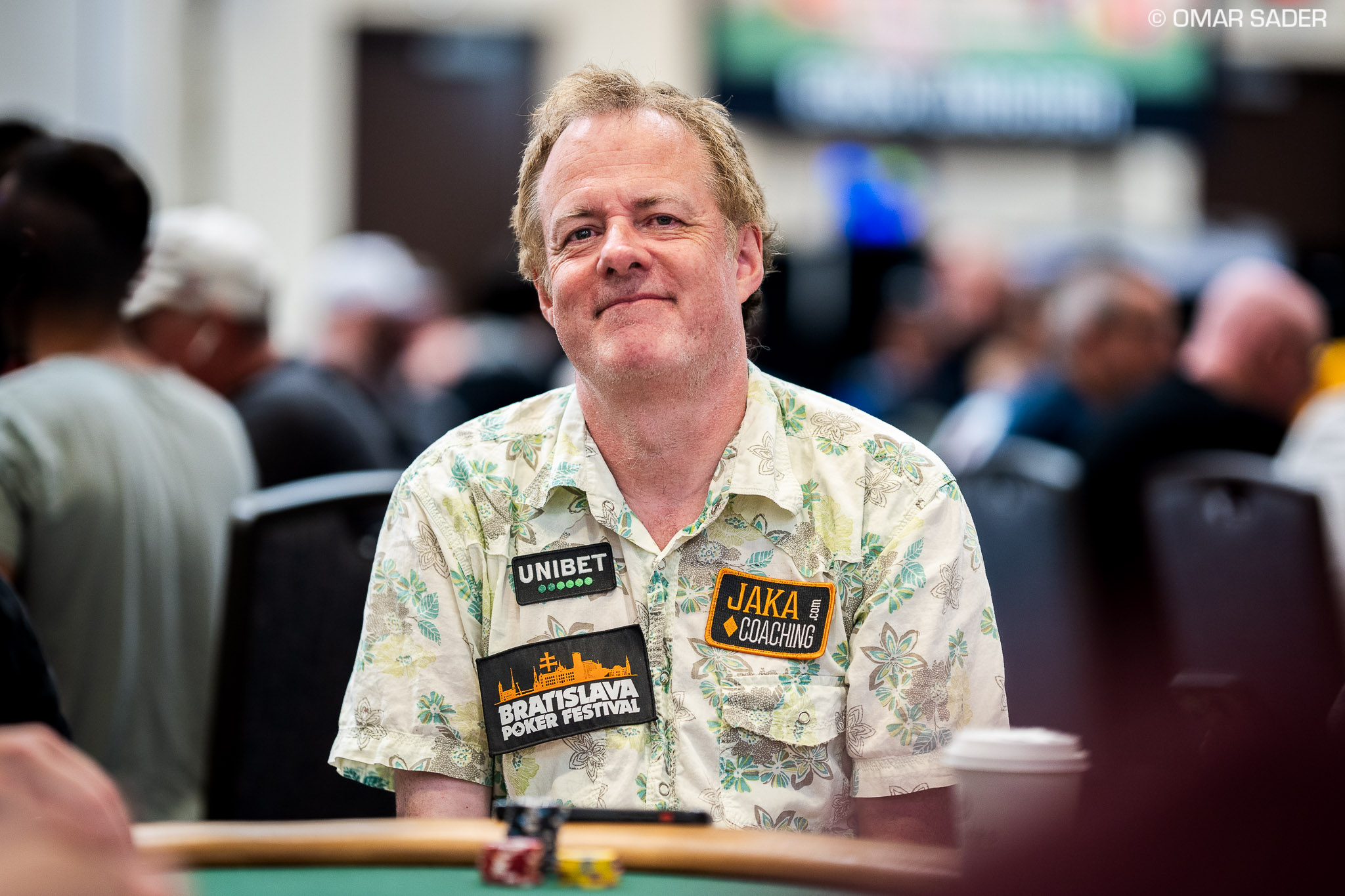
Dara at the 2024 WSOP / Photo: Omar Sader
Bernard Lee
In 2005, Bernard qualified for the WSOP Main Event via an online freeroll and finished 13th, just shy of the final table, earning $400K. This kicked off his career, earning titles in Foxwoods (3), the WSOP Circuit (2), and the RUNGOOD Poker Series (2). In 2017, he finished second in a WSOP event, earning $55K. He has earned a total of $2.4 million from live tournaments, and in 2021, he wrote the book Poker Satellite Success!, which offers valuable satellite tips and includes several hands he played (our review here).
These were his answers:
- When you play online satellites, you have a lot of information to make decisions. You know how many players are still in the race and how many of them are short stacked. Sometimes you might think you’re short, but if you look at the chip count, you’ll see several players with shorter stacks, and you won’t need to double up urgently. Another advantage of online satellites is that you can see the other tables and know when the short players are getting the big blind. If you have a stack of 5 big blinds and are on the button, there will almost certainly be a player with a similar stack holding the big blind in the upcoming hands, which will give you a better chance of surviving. It’s very important to keep in mind your stack size compared to your opponents, and if you’re lucky enough to have a big stack, you don’t need to play any hands. Obviously, there are exceptions, such as when you’re in the big blind and a player goes all-in with a stack less than 3 big blinds. The only objective with satellites is to win the buy-in, and it doesn’t matter if you do so with a big or small stack.
- One of the biggest mistakes I see in satellites is that big-stacked players play too many hands they shouldn’t be playing. They think they have to be in charge of eliminating players and being the sheriff of the table when they forget that the goal of the satellite is to survive. Another way to think about it compared to tournaments is that you should try to get the minimum cash, which will be the same for everyone. When I can build a big stack in a satellite, I just wait for the bubble to break without playing any hands. People have asked me why I don’t try to eliminate players, and I told them it’s not my responsibility to do so. If I have a stack that allows me to win the buy-in 99% of the time, I have no reason to play a hand that’s a 90% favorite at best. That’s why you can fold Aces if you have a stack that guarantees you the buy-in.
- I remember the best satellites in Las Vegas were at night and had buy-ins of $500 and $1,000. But I understand that now most satellites are landmark format.
- The strategy in this type of satellite changes drastically, as the objective isn’t to survive, but to reach a certain stack. In this sense, the strategy is more similar to traditional tournaments, where you have to accumulate chips to stay in the race, and players will be more willing to take risks. In the first two levels, you can play hands that connect good flops and can eliminate an opponent when you have position. Very interesting scenarios can arise, and in some cases, it may even be advantageous to be out of position, as it will allow you to act first and shift the pressure onto your opponent.
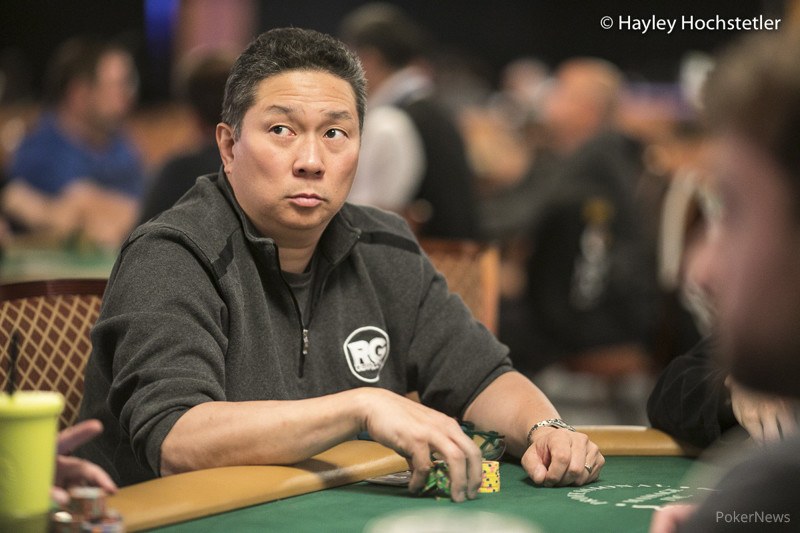
Bernard playing in the WSOP / Photo: Hayley Hochstetler
Carlos Welch
In 2013, Carlos began playing on the live poker circuit and in 2015, he cashed in the WSOP Main Event, finishing 881st for $15K. He has 29 WSOP cashes, 27 of which were online. In 2021, he won his first bracelet in the Crazy Eights event of the online edition, earning $121K. He is one of the hosts of the “Thinking Poker” podcast, which was nominated at the last two Global Poker Awards ceremonies.
These were his answers:
- When playing satellites, your goal is to get enough chips to fold into the money. This will be 20 starting stacks in games that pay 1 in 20 seats, 10 starting stacks in games that pay 1 in 10 seats, 5 starting stacks in games that pay 1 in 5 seats, etc. If the other players are bad, you can get away with a few less chips. The best way to reach the needed stack size is to late reg and get chips by shoving with hands that block calls like A-x or big cards and pairs that have good equity. Suited connectors are less valuable in satellites. Sometimes you will have to call shoves with big hands to get enough chips, but once you get close to the stack you need, you should start folding those big hands when facing big shoves. Remember, your goal is to get around the right amount of chips needed to fold your way in, not to finish with the most chips.
- The most common mistake I see is people not folding enough good hands when they already have enough chips to fold into the money. Another one is trying to play too many hands post flop when they should mostly be shoving or folding towards the end of the satellite.
- The satellites right before the WSOP main event are the best because they get the biggest fields and have the most players who don’t understand this strategy. Actually, these are landmark satellites where you get a seat immediately once you get to the target stack size, so the strategy allows for a bit more risk early, but if you haven’t won a seat by the end, then it plays like a traditional satellite.
- In landmark satellites, you should play a normal ChipEV style until you get to around half of the target stack, if you get a good spot to double and win a seat at that point, you should. If you get more than the target stack, you have to be careful risking all of your chips because just like before, the goal is to get just enough chips, not more. If you never get enough chips to win a landmark, just play the end of the game like a traditional satellite.
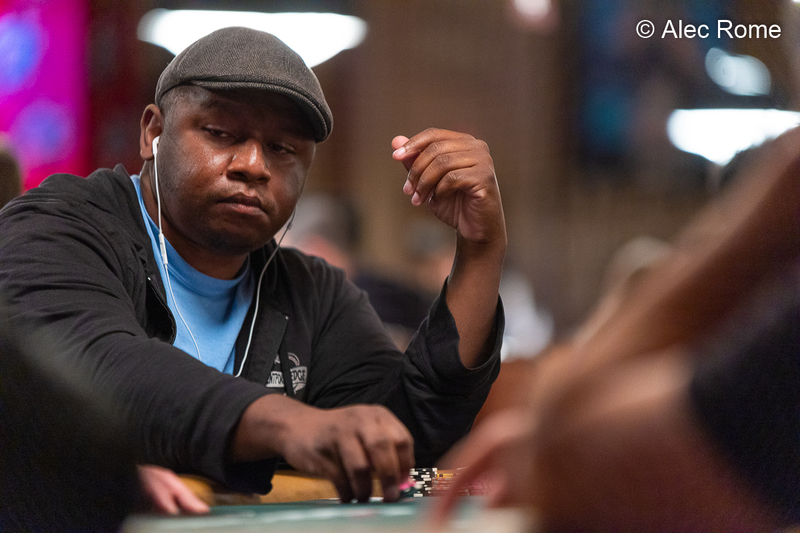
Carlos during the 2021 WSOP / Photo: Alec Rome
Cardplayer Lifestyle wishes you the best of luck in securing a seat in the WSOP Main Event via satellite. We hope that these top tips from three of poker’s most successful satellite players have helped!

